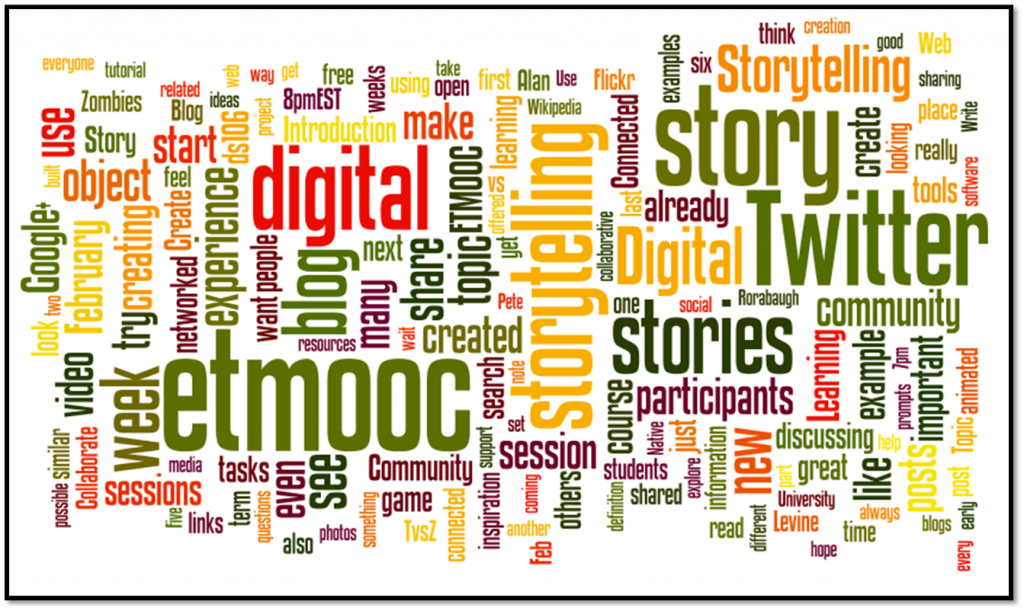Category Archives: Twitter
Serendipity and Sue Waters: Benefits of Being Connected.
A stream. A real time, flowing, dynamic stream of information — that we as users and participants can dip in and out of and whether we participate in them or simply observe, we are a part of this flow.
John Borthwick As quoted here.
That’s a quote from 2009 and I don’t think the stream metaphor is big enough anymore. A river? An ocean current? Maybe solar winds? Sorry, I digress into earth science easily… The point is that social media, and especially Twitter, is massive and can be intimidating. That’s probably why only 218 million of the 1 billion registered users of Twitter are active. Continue reading
This is what we are talking about.
After watching Darren Kuropatwa’s #WhileWalking 66 posted by Amy Burvall in Google+, I started thinking about tags as a part of digital literacy. I am not a very good user of tags. I have been struggling with choosing consistent, clear tags since Delicious switched away from stacks.
“Blogging tips” websites indicate that you should do some research to find the most commonly used terms in your field. However, finding a list of keywords or tags for Educational Technology through a Google search is an exercise in futility since all sites include the word “tag”. Instead I did a very haphazard, non-academic search of tags people are using on their blogs to find the most common. Using Tagxedo, I found the top 100 tag words look like this (see below for how this image was made):

